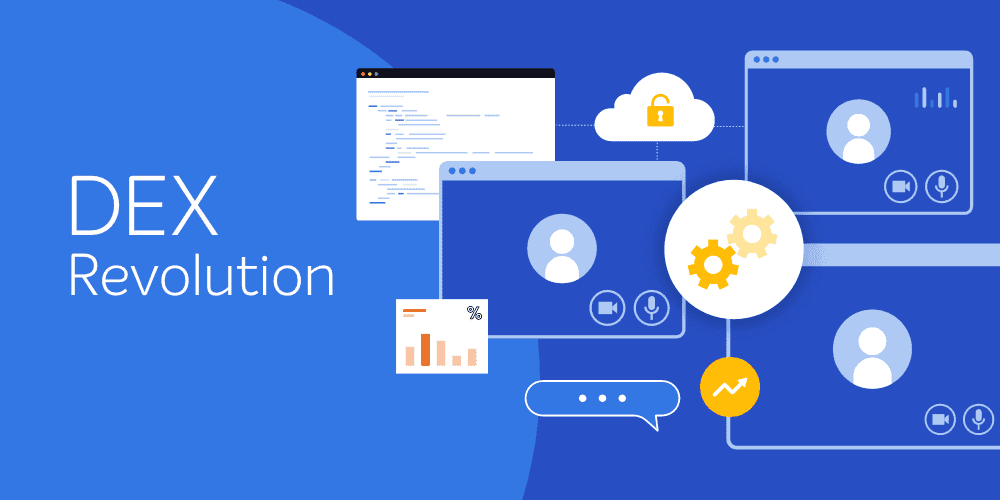Right down to business, let’s talk about the top five reasons I personally see to skip Windows 8, and go direct to Windows 10. Through a ton of exposure to numerous IT firms during my time as a ConfigMgr admin and Solutions Engineer, I see the path ahead and it is not Windows 8 for most organizations. This advice should be taken in context of course, as this mindset applies to the greater audience of enterprise IT and not your trendy tech firm stocked with people who build their own PCs on a regular basis.
Oh, and if you are reading this and asking yourself the question “is 1E on Windows 8?” Of course we are, it’s what we do and make extremely easy! That and we were huge fans of Windows ME so this OS has a large amount of nostalgic value for us, not to mention the touch features are super shiny. 😉
So here they are, the five top reasons I would recommend to almost everyone who I interact with, why to invest in a Windows 10 migration over a Windows 8 migration:
- Windows 7 support will carry you to Windows 10 full release, it's just that simple. While you will not see any cool new features to accelerate business value and end user happiness (and to be honest, OS features are the minority in valuable software components really) you will get continuity and security level support long after Windows 10 is the right choice for migration (Extended Support runs until January 2020). This means you can even give yourself a bit to allow the gold code bugs to shake out until you feel comfortable.
- Compelling reasons to fund a migration effort from Windows 7 to Windows 8 just aren’t there – period. Major software vendors are not going to stop supporting Windows 7 anytime soon either and let’s not forget, even the most efficient and streamlined operating system upgrade incurs a measure of end user productivity impact so why incur any if not for a high value proposition?
- Windows 10 carries promise to be more light weight and upgrade friendly which is another great reason to wait as Windows 7 to Windows 8 is still going to be the traditional wipe and reload end users have for the most part grown to loathe.
- If you are going to make a leap, make one which provides the greatest amount of life ahead of it. Granted, there may be a few hiccups within the new operating system but for the most part, Windows 8 is turning out to be more of what Windows Vista served up. Even some of Microsoft’s development team have admitted this unofficially as noted in Alex Hamilton’s recent blog post on TechRadar.com .
- Don’t kid yourself, there is work ahead for any migration effort and it is massive. From individual line of business application compatibility testing, home grown app updating, end user training/communication, bolstering of support resources, and logistics of content management (even though you may not have to supplement a large OS installation file you will still have a lot to move around) to the primary task of obtaining various IT and business partner sponsorship. You don’t want to do this anymore than you have to. That and the needs of the digital trend within enterprise IT means you need to stay on the cutting edge whenever you can without blowing the budget.
On a last note, to not ignore the touch shiny I mentioned earlier because that is an awesome feature but when we look at enterprise IT majority use cases, touch screen ability is just not there… yet. So again, when you plan to move, plan to explore the options and this feature is one of them to support that investment.







